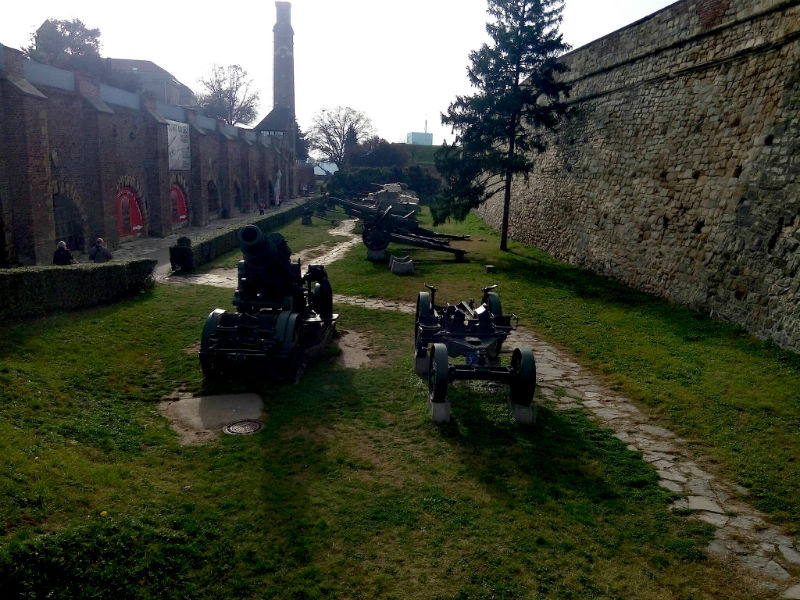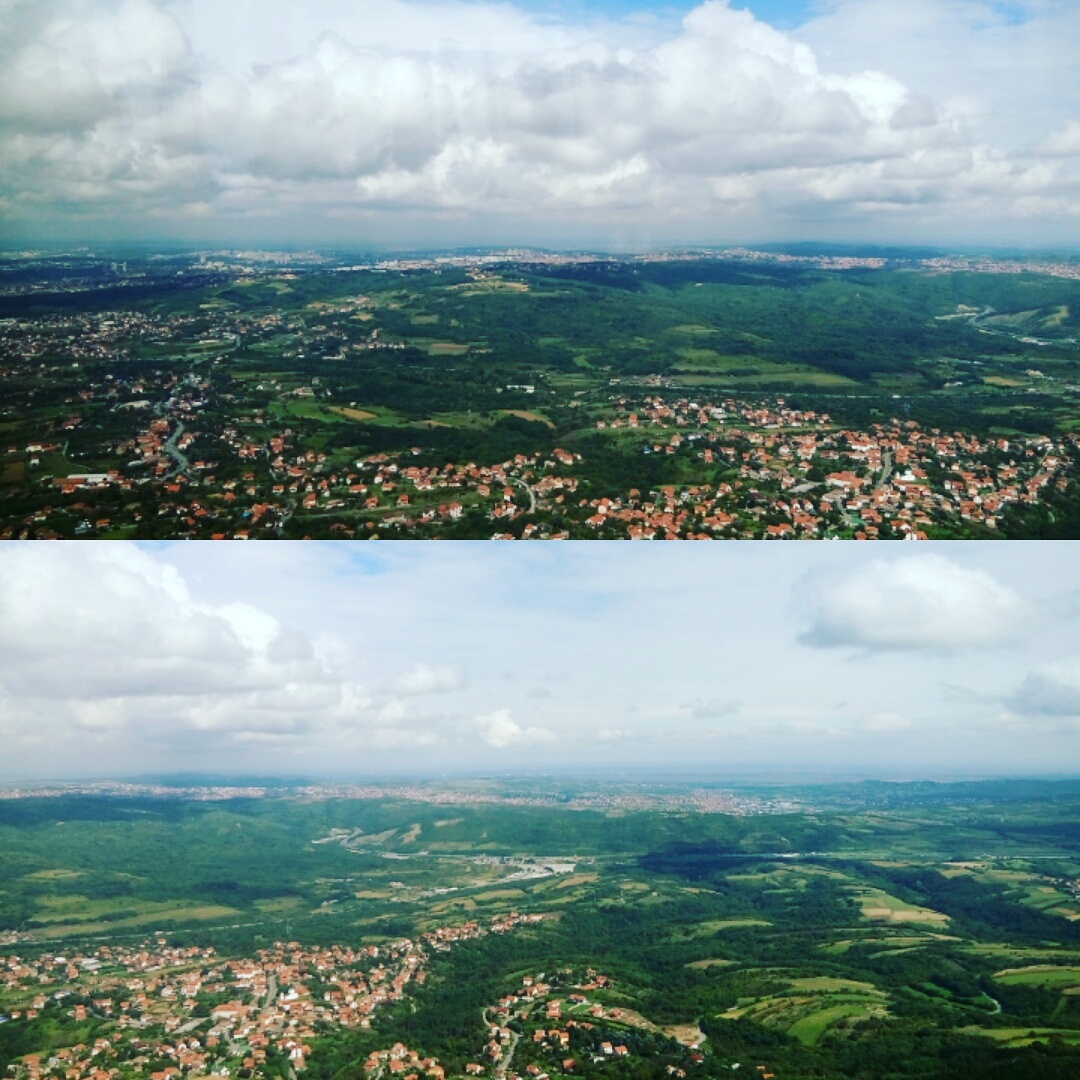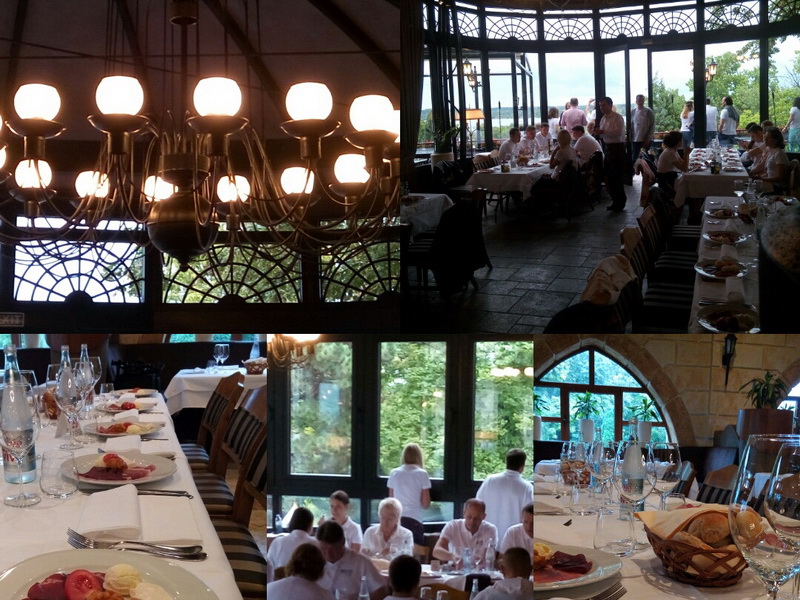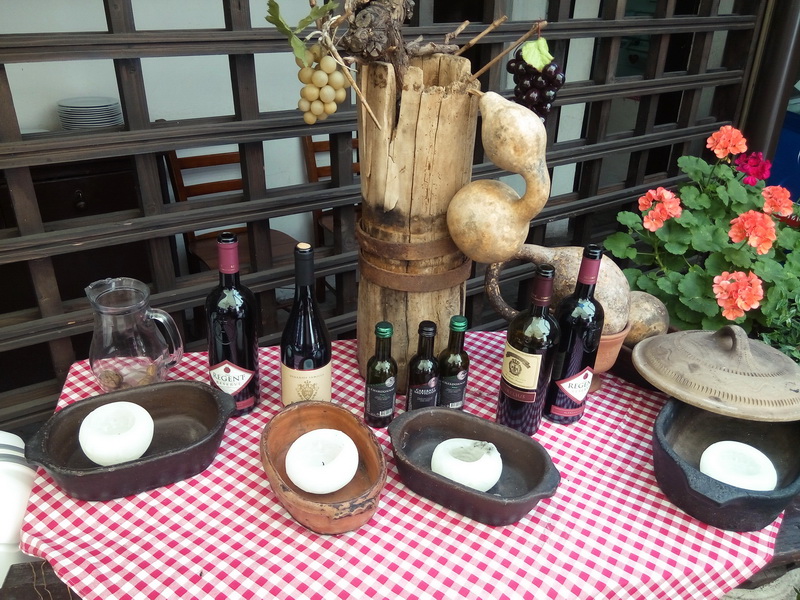The Military Museum in Belgrade was founded in 1878. The museum has over 3000 ancient and modern items. These include Roman swords and helmets, Greek helmets and daggers, Serbian heavy knight’s armor, axes, shields, helmets, crossbows, armored gloves, as well as Western medieval weapons. There are also more modern guns, firearms, and elements of soldier’s uniforms and equipment. Dioramas, plaques, and displays illustrate the use and historical context of the museum’s collection. It was founded by the Decree of Prince Milan Obrenovi? IV on August 22, 1878 on preposition of Minister of the Army, colonel Sava Gruji?.
The first permanent display was opened in 1904, coinciding with the 100th Anniversary of the Serbian Revolution and as a part of King Petar`s Coronation Ceremonies. Soon after its foundation, the Museum entered Europe by participating in the Balkan Expo in London in 1907. There, with around 100 carefully chosen objects, the Museum attracted the attention of the London public and it was described in local newspapers. The Museum’s building was destroyed by Austro-Hungarian forces during the First World War, and countless priceless collections were destroyed or were seized. Again, more than two decades had past before the new Display opened. King Alexandar I Karadjordjevi? issued a Decree of Founding the Military Museum in the Kingdom of Yugoslavia. Brigadier Vojislav Vukovi?, major of Royal Court, became the director of the Museum. The Systematical collecting of objects started and numerous donors, former soldiers and their descendants responded. Their names were signed in a special “Golden Book”, the work of famous Russian artist Vsevolod Guljevi?. The book is still kept in the Military Museum. A new, permanent Display was opened in 1937 in two buildings of which one is today a residence of City Bureau for the Preservation of Monuments.
During the Second World War, the collections suffered new devastation. However, according to the program of occupation troops, some cultural institutions with Military Museums among them continued their work during the occupation. The collecting of objects and their preservation was the main responsibility of the museum staff. The Allied bombing of Belgrade in 1944 brought new destruction of the museum buildings and collections. Inside the museum’s main building, the exhibits are found in a single long hall progressing from ancient through medieval and then towards modern. All exhibits are labeled in the Serbian Language in both Cyrillic and Latin, as well as English. Outside the museum’s main building, there are numerous tanks, howitzers, and armored cars of many types. Some were acquired during World War II, when they were captured by the Red Army and Yugoslav Partisans from retreating Nazi and Axis forces (Belgrade Offensive). These decommissioned tanks and artillery pieces line the walls and paths leading into the Military Museum from two directions. Recent exhibits address NATO actions against Serbia in 1999, including the controversial use of cluster bombs, depleted uranium, and graphite bombs, some of which are claimed to be in violation of international law. A well-known exhibit features parts of a US F-117 stealth aircraft which was downed by a Serbian S-125 Neva/Pechora. The Military Museum is located inside the walls of the historic Belgrade Fortress, situated at the confluence of the Sava and Danube rivers. The Belgrade Fortress is located within a popular park known as the Kalemegdan Park, near the center of the city.





